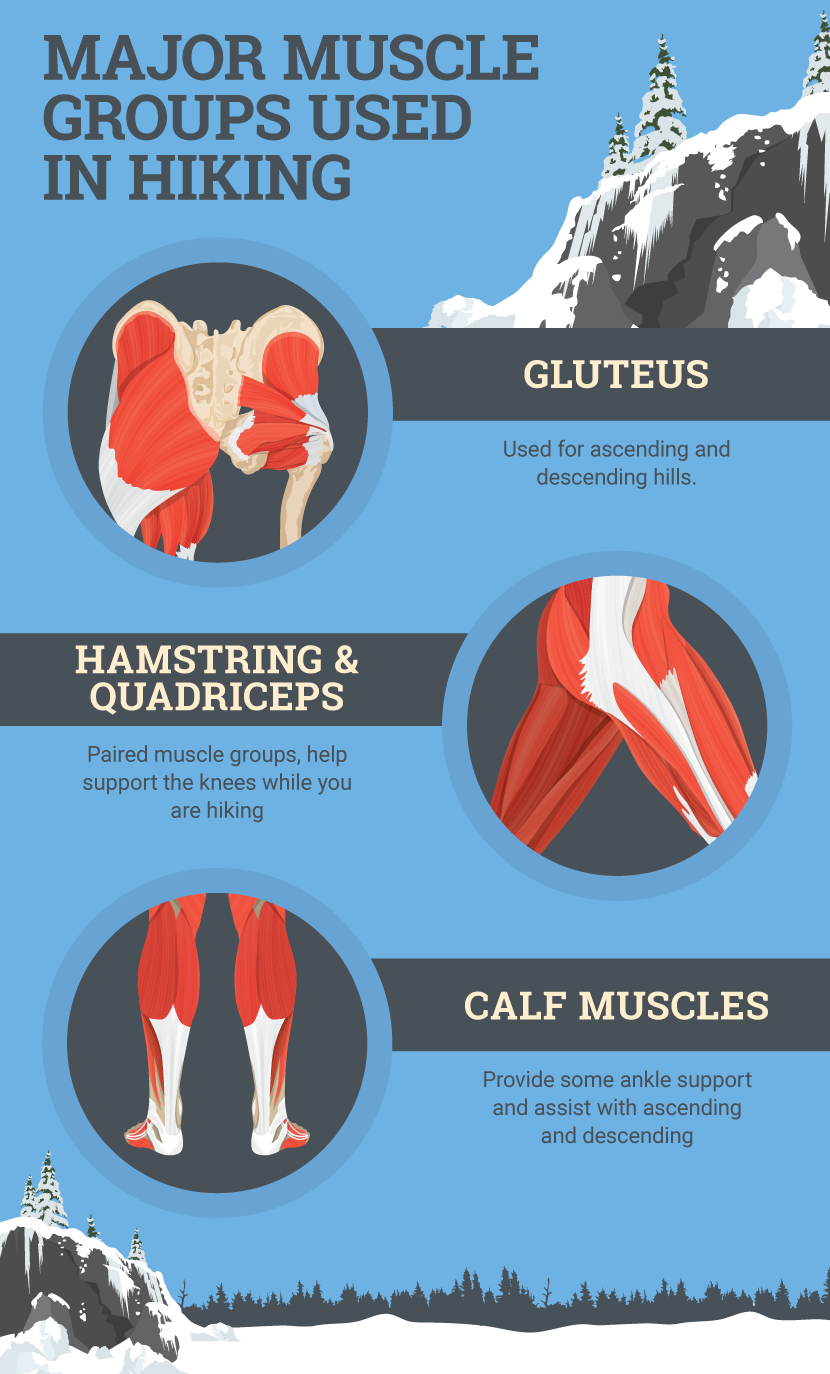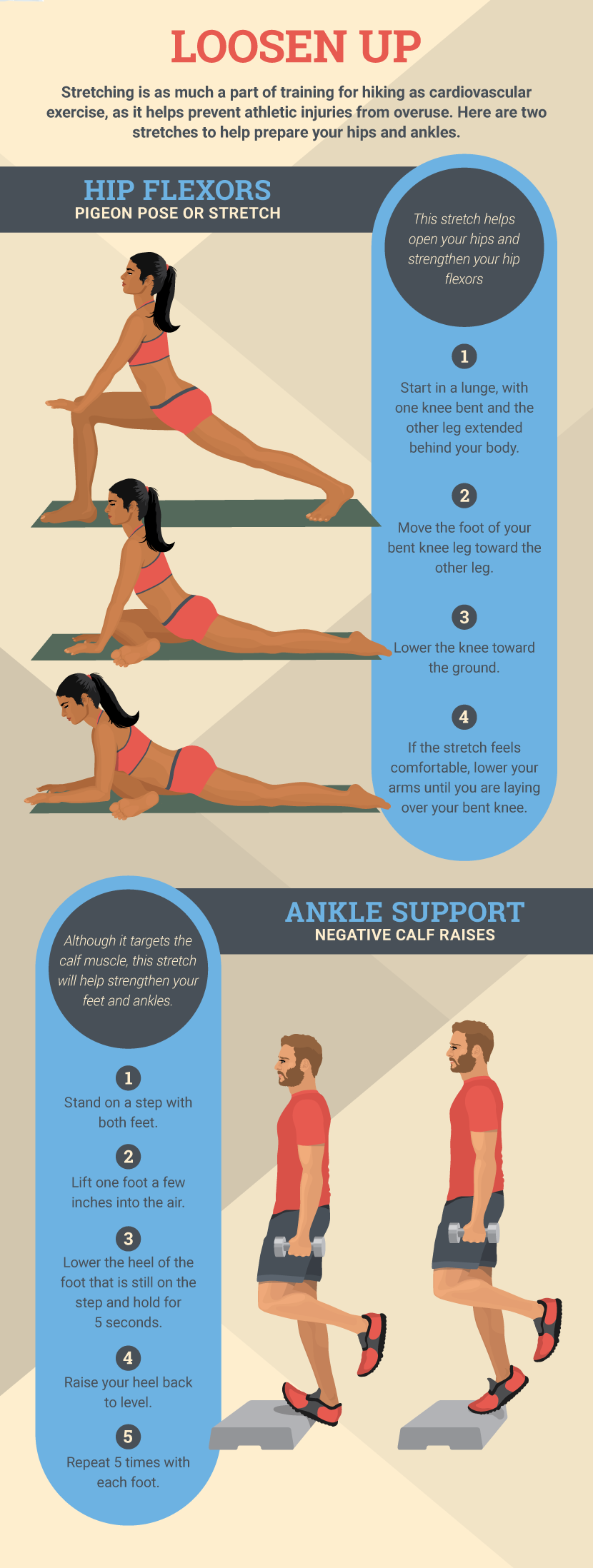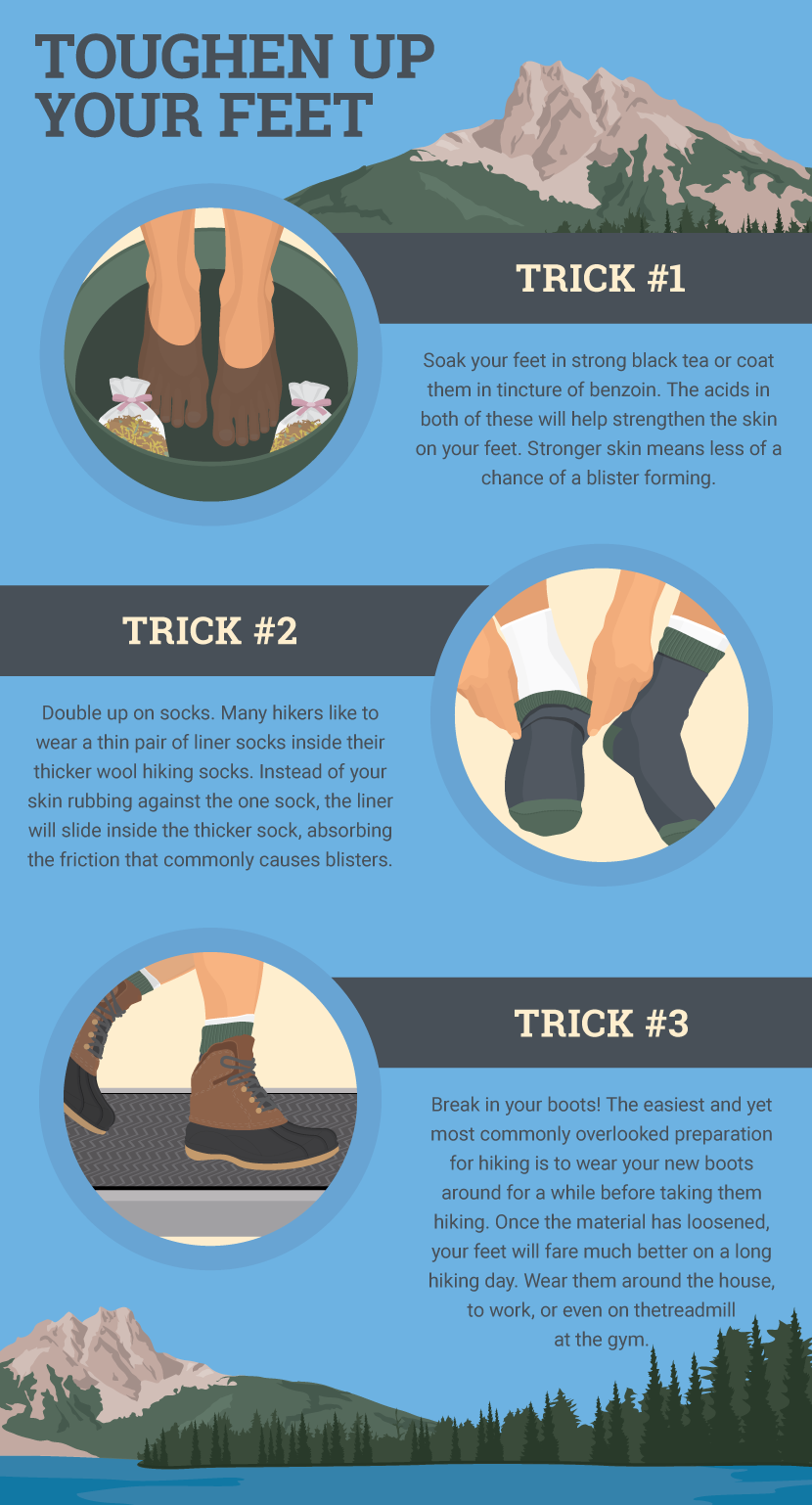
People join The Mountaineers from all walks of life, at all levels of experience. For those looking to kickstart their outdoor experience or take their fitness up a notch, check out these training ideas from Alison Hudson at PartSelect. Hudson is a field instructor for the National Outdoor Leadership School and a freelance writer and who has contributed to The Clymb and Outdoor Nation. In this piece, she shares how to train in the city, train for the downhills, and get mentally tough.
By Alison Hudson, NOLS Field Instructor
How can you get in shape for hiking if you live in a city or don't have time during the week to get out on trails? Here are tips for people at every level of fitness to boost their hiking prowess without having to hit the mountains.
In addition to improving cardiovascular and pulmonary health, hiking utilizes many of the body's major muscle groups. Climbing uphill engages the glutes, quadriceps, hamstrings, knees, and calves, while hiking downhill further incorporates the ankles, feet, and hips. In short, hiking is a full leg workout. Additionally, no matter if you're hiking up or down, uneven terrain requires a strong core for good balance. If you want to tone your arms, hike with trekking poles, which help lessen the load on your knees by transferring some of it to your arms.

Source: Partselect.com
How to Train in a City
Gyms have many machines that help strengthen the muscles used in hiking. Using these tools can be a quick way to get in good hiking shape – if you are the kind of person who enjoys going to the gym. For beginning hikers, a day on the trails can have an especially strong impact on the quadriceps, the large muscle group running across the top of your legs above the knee. Quads are used to bend, straighten, and support your knees while you are hiking. On long or steep ascents, your quads will burn because they are activated more than they are while hiking or walking on a flat sidewalk. To help prepare your muscles for the strain of hiking uphill, incorporate exercises that target the quadriceps.
The stair climber machine is a great place to start, as the motion of climbing stairs is pretty similar to that of hiking uphill. Another good option is the treadmill. Most treadmills have an incline function that allows you to increase its angle, mimicking the angle of a hill. Most top out at a 12% grade, which is less steep than most hikes, but this is still a great place to start. For either the stair climber or the treadmill, start with a 10- or 15-minute set of ascending. Don't go too fast! This is a common mistake that beginner hikers make, and it can lead to both injury and misery. You should be moving at a pace that allows for conversation rather than one that requires a lot of breaks. After 10 or 15 minutes, either lower the angle of the treadmill or ease up on the pace of the stair climber. Continue walking at an easy pace for seven minutes and then go back to the harder angle.
If the gym isn't your scene or isn't in your budget, there are plenty of other training options. One of the easiest is to avoid the elevator and use the stairs. Tackle a few flights during breaks in your workday or use your lunch break to do a serious stair workout. Make sure you go both up and down stairs to prepare your body for the challenge of hiking downhill. Running is another exercise that helps people get in better shape for hiking because it often includes hills and it develops a strong cardiovascular system. If you're just starting out with running, walking up any hills may make sense. For people with a higher baseline fitness, try running up hills; the increased cardio will help your lungs and body prepare for the hard work of hiking in the mountains.

Source: Partselect.com
A common mistake people make is training without wearing a backpack. Practice for success: if you intend to hike with a pretty hefty pack, be sure to walk or run or hit the gym wearing a pack filled with heavy items. Textbooks and weights work well. You don't want to do this every time you train, but a few times will help your body adjust to the increased effort required when wearing a pack and will help you break in the pack a little. Another good tip is to wear your hiking boots around to break them in. It may seem like a trivial matter at home, but preparing your feet to prevent blisters is an important consideration. Blisters can stop someone in their tracks long before any exhaustion from hiking uphill.

Source: Partselect.com
Train for the Downhills
As much as hiking can be painful on the uphills, hiking downhill requires more energy. The extension of your legs on downhill stretches can be taxing on your quadriceps in way that the uphill motion isn't. Going downhill generally utilizes more of the stabilizing muscles and tendons in your legs, including those in your ankles. Hikers are more likely to twist an ankle going downhill than up because of the additional momentum. Be sure to incorporate some downhill movements into your training to ensure that your body is properly prepped for the “easy” parts of your hike. This is where the real stairs become important, although in a pinch you could use a big box. Either way, spend part of your workout walking down sets of stairs or doing step downs off of a large box at the gym.
Mental
It's amazing how much hiking is about mental ability over physical ability. For most trails and most people, if you have the tenacity to keep going, you will get through the hike in one piece. It may take a long time and require a lot of breaks, but that's not how a hike is judged. A successful hike means getting outside and into nature, whether it's for a half-mile, a half an hour, or several days. You choose your goal and define what it means to meet that goal. Get out, enjoy the fresh air, and be proud of your success.
 The Mountaineers
The Mountaineers